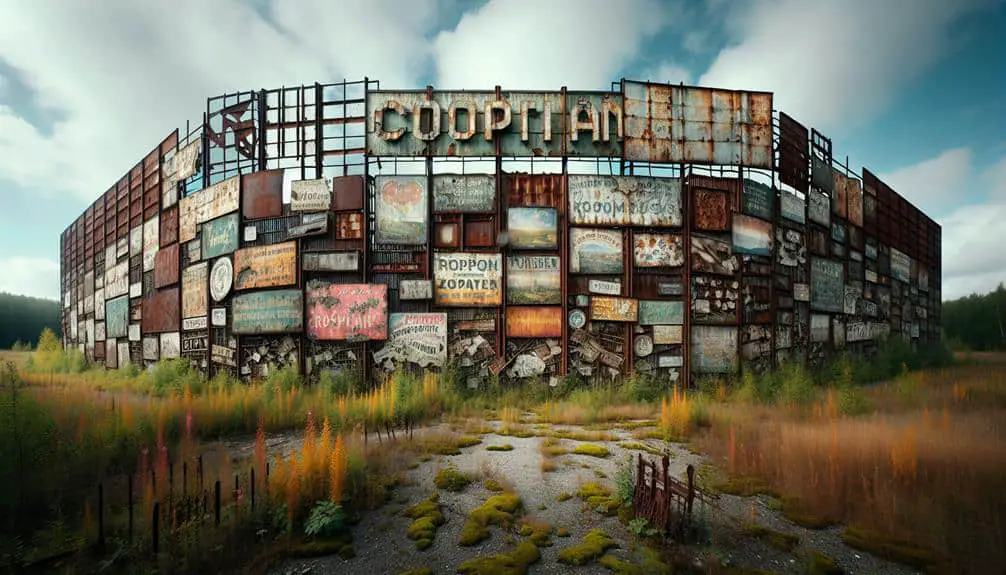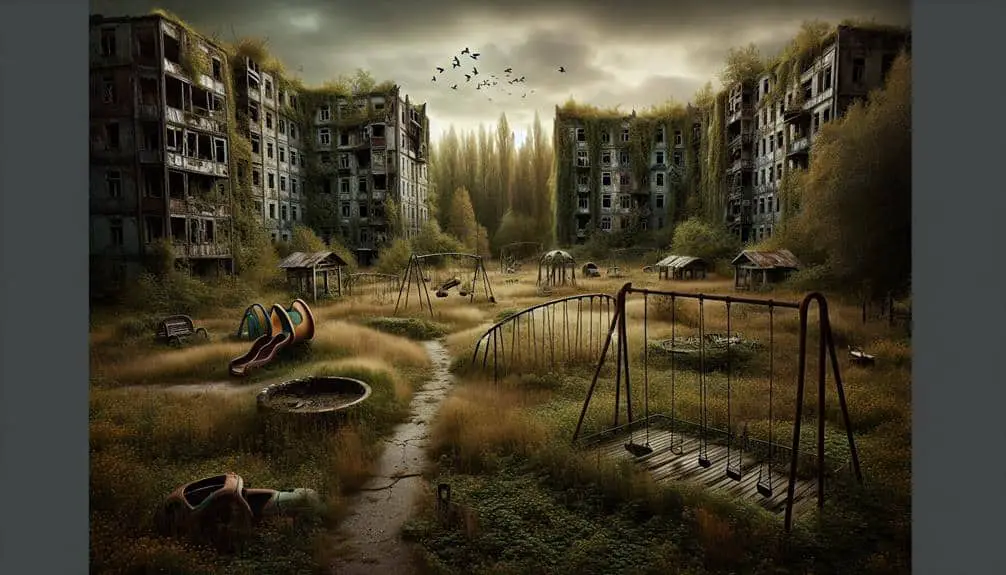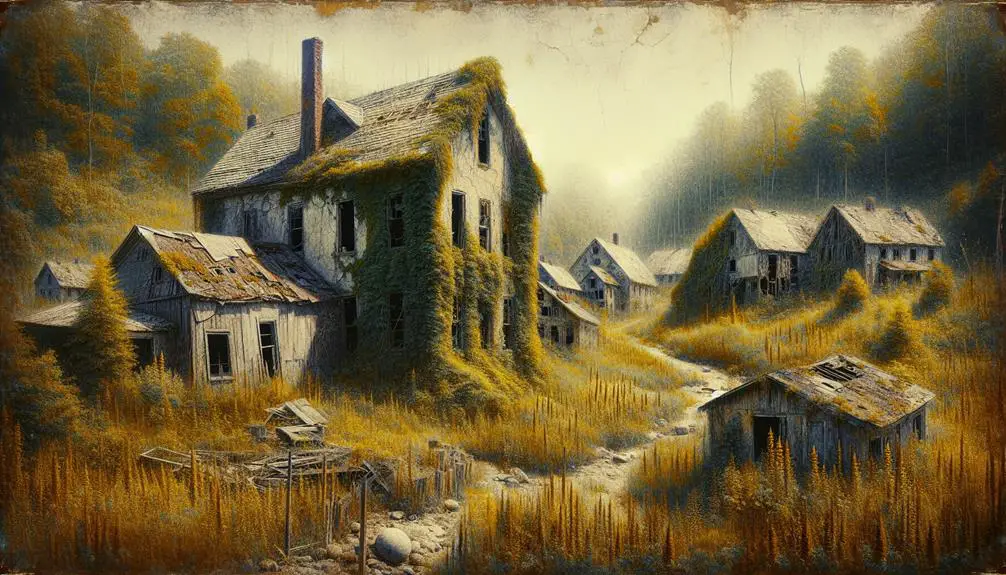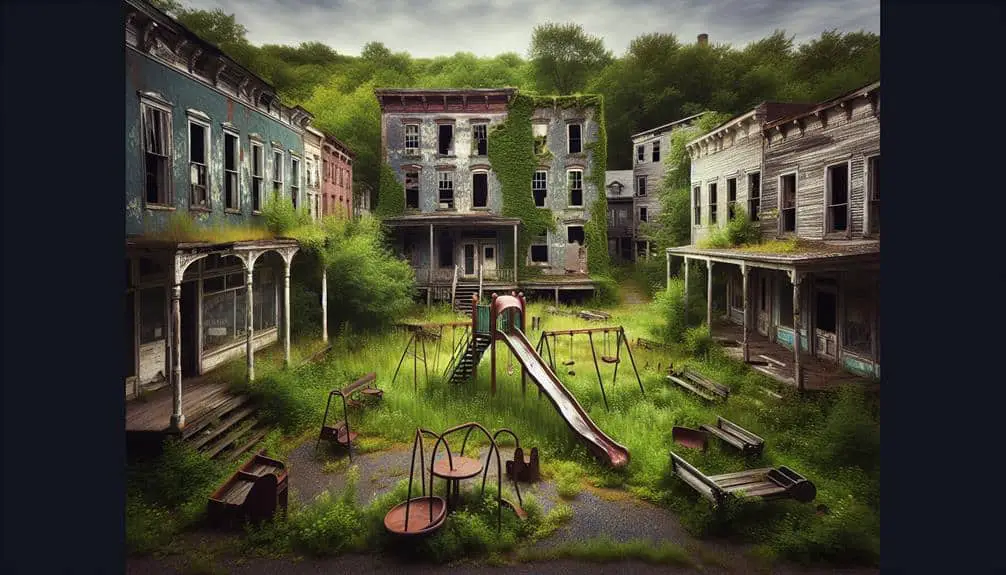Utopian dreams in America failed due to industrialization altering socio-economic dynamics, widening the wealth gap, and sparking social unrest. Internal conflicts, leadership struggles, and disagreement over governance weakened utopian communities. Limited resources, dependence on external support, and environmental degradation hampered sustainability. Social alienation, individualism, and cultural assimilation pressures hindered collective well-being. Climate change, deforestation, and natural disasters posed risks to self-sufficiency. The convergence of these factors led to the downfall of utopian ideals in America.
Key Points
- Labor exploitation and economic disparity fueled discontent and social unrest.
- Political infighting and leadership struggles weakened utopian communities.
- Utopian communities struggled due to limited resources and external dependency.
- Social alienation and rejection hindered the flourishing of utopian ideals.
- Environmental challenges like climate change and resource depletion posed sustainability threats.
Rise of Industrialization and Capitalism
The rise of industrialization and capitalism fundamentally altered the socio-economic landscape of America in the late 19th century. As these forces gained momentum, they brought about significant changes in the way society operated. One of the most pressing issues that emerged during this period was the rampant exploitation and inequality faced by the labor force.
Labor exploitation became a pervasive problem as industrialization boomed. Workers, often faced with harsh conditions and long hours, found themselves at the mercy of factory owners and corporate giants who prioritized profit over the well-being of their employees. This exploitation led to a widening wealth gap, where the rich became richer at the expense of the working class.
The stark inequality that resulted from this labor exploitation fueled discontent among the populace and laid the groundwork for social unrest. Workers began to organize and push for better working conditions, fair wages, and improved rights. The clash between labor and capital set the stage for the internal conflicts and power struggles that would define this era of American history.
Internal Conflicts and Power Struggles
Amidst the tumult of labor unrest and economic disparity, internal conflicts and power struggles emerged as defining features of the late 19th-century American landscape. The idealistic visions of utopian societies were marred by political infighting and leadership struggles within these communities. As groups sought to establish their own paradises, disagreements over governance, distribution of resources, and societal rules often led to internal discord.
Political infighting was rampant as differing ideologies clashed within these utopian communities. Conflicting visions of how society should be structured and governed often resulted in power struggles among leaders vying for control. These internal conflicts weakened the foundations of many utopian experiments, making it difficult for them to maintain their initial objectives of harmony and equality.
Leadership struggles further exacerbated the issues within these communities. Disputes over authority and decision-making processes hindered the cohesive functioning of utopian societies. Without strong and unified leadership, these communities faltered in the face of internal dissent and external pressures, ultimately contributing to their downfall.
Lack of Sustainable Resources
Internal conflicts and power struggles within utopian communities often exacerbated by disputes over governance and leadership have highlighted another significant challenge these idealistic societies faced: the lack of sustainable resources. Limited infrastructure and economic constraints further compounded the difficulties faced by these utopian communities, leading to their eventual downfall.
Here are four key points to ponder:
- Struggle for survival: With limited access to essential resources like food, water, and shelter, utopian communities found it challenging to meet the basic needs of their members, causing internal tensions and conflicts.
- Dependency on external support: Economic constraints often forced these communities to rely on external sources for financial aid or resources, compromising their self-sufficiency and autonomy.
- Environmental degradation: The lack of sustainable practices and resources management led to environmental degradation within these communities, impacting their long-term viability.
- Stifled growth and development: Without adequate resources to invest in infrastructure and expansion, utopian communities struggled to grow and evolve, ultimately hindering their ability to thrive sustainably.
Societal Rejection and Isolation
Societal ostracism and seclusion greatly affected the cohesion and sustainability of utopian communities in America. Social alienation stemming from the communities' divergence from mainstream norms led to individualism taking precedence over collective well-being. The pressure for cultural assimilation and conformity from external society created a rift, making it challenging for utopian ideals to flourish. The rejection faced by these communities hindered their ability to thrive, as they struggled to find acceptance in a society that valued conformity over experimentation.
The isolation experienced by utopian groups not only limited their growth but also contributed to their eventual decline. Without the support and integration into the larger societal framework, these communities faced an uphill battle in establishing themselves as viable alternatives to the existing social order. The emphasis on individual freedom within these utopian societies clashed with the societal expectations of uniformity, making it difficult to bridge the gap and gain acceptance. Essentially, the societal rejection and isolation played a pivotal role in impeding the success of utopian dreams in America.
Environmental Challenges and Natural Disasters
Facing a multitude of environmental challenges and natural disasters, utopian communities in America encountered significant obstacles that tested their resilience and sustainability. These challenges often pushed these communities to their limits, forcing them to adapt and innovate in the face of adversity. Here are some key factors that influenced the environmental struggles of utopian communities:
- Climate Change: The changing climate patterns posed a threat to the agricultural practices of utopian communities, leading to crop failures and food shortages.
- Deforestation: The rapid clearing of forests for settlement and resource extraction not only disrupted local ecosystems but also contributed to soil erosion and loss of biodiversity.
- Natural Disasters: Utopian communities were vulnerable to natural disasters such as floods, hurricanes, and wildfires, which could devastate their infrastructure and disrupt their way of life.
- Resource Depletion: The unsustainable use of natural resources depleted essential supplies, making it challenging for these communities to maintain their self-sufficiency in the long run.
Frequently Asked Questions
How Did the Utopian Communities in America Handle Issues of Healthcare and Education Within Their Societies?
In utopian communities, healthcare access varied, often relying on communal efforts for basic needs. Educational curriculum prioritized practical skills over traditional academics, aiming for holistic development. These communities sought self-sufficiency and social harmony through collective support systems.
What Role Did Gender Equality Play in the Downfall of Utopian Dreams in America?
Gender equality impacted utopian dreams in America as workforce dynamics and leadership roles were often restricted by social norms. Power dynamics favored men, leading to inequality and internal conflicts that contributed to their downfall.
Were There Any Attempts to Establish Utopian Communities That Focused on Racial Equality and Integration?
In the pursuit of racial inclusion, some utopian communities undertook social experiments focusing on integration. Despite challenges, these endeavors reflected a deep desire for equality and unity, showcasing the ongoing struggle for inclusive societies.
How Did Utopian Societies in America Address the Issue of Property Ownership and Economic Disparities Among Residents?
In utopian societies, property ownership was often communal to address economic disparities among residents. Wealth distribution aimed for equality, minimizing class divides. This approach fostered a sense of collective responsibility and cooperation among members.
Did Any Utopian Communities in America Attempt to Establish Diplomatic Relations With the Government or Other External Entities?
Imagine utopian communities attempting for recognition, like a small boat maneuvering diplomatic waters. Some sought to establish ties with the government or external entities, aiming to bridge idealism with practicality in their pursuit of harmony.



